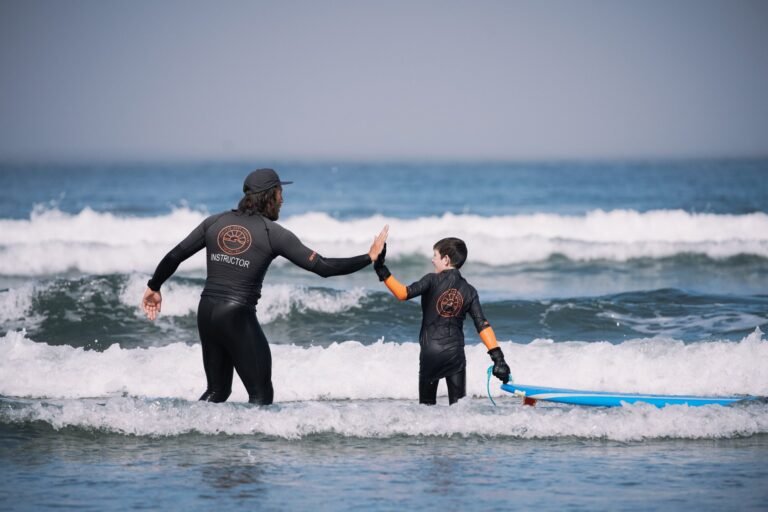The Coast Salish First Nations people inhabited the land around Whistler for many thousands of years, hunting and gathering and living a nomadic lifestyle on the land. The Whistler Valley was an isolated wilderness frequented only by the Lil’wat Nation from the Mount Currie area and the Squamish Nation who lived in an area stretching from present day North Vancouver to the Squamish River watershed and the northern area of Howe Sound (Gibson’s Landing).
The European history of Whistler stretches back to the 1860s, when British Naval Officers surveyed the area and gave Whistler Mountain the name London Mountain. The name Whistler was used by these early settlers because of the shrill whistling sound made by the western hoary marmots who live among the rocks.
1877
The Pemberton Trail is completed linking the Pemberton valley to the Pacific coast, north of Vancouver.
1900
Trappers and prospectors settle in the area. Alta Lake is the original name of Whistler. The name “Whistler” is used by these settlers because of the shrill whistle sound made by the western hoary marmots who live among the rocks.
1910
Myrtle and Alex Philip arrive in Vancouver from Maine. They hear about Whistler’s spectacular beauty.
1911
Myrtle and Alex take the three day journey to Whistler: a steamer ship from Vancouver to Squamish, overnight in Brackendale, and a two-day horse trek to Whistler.
1914
Myrtle and Alex buy ten acres of land and build the Rainbow Lodge on the shores of Alta Lake.
1914
The Great Pacific Eastern Railway (now BC Rail) is built to Alta Lake and links the valley to the outside world. Whistler becomes a base for logging and mining. Myrtle and Alex’s Rainbow Lodge is the most popular resort destination west of Banff and Jasper. Way to go, Myrtle!
1950’s
Other lodges open throughout the valley. The abundant fish stocks make Whistler a summer resort destination long before it is considered a winter one.
1962
Four Vancouver businessmen envision Whistler as the site to host a future Winter Olympic Games. The bid is unsuccessful; however, the Garibaldi Lift Company is formed with Franz Wilhelmsen as president. The goal is to create a ski hill.
1964
Whistler still has no road, electricity, or sewer systems.
1965
Whistler Mountain finally gets the name “Garibaldi Whistler Mountain”. A four person gondola, a double chairlift, two T-bars, and a day lodge are constructed.
1966
Whistler officially opens for skiing.
1975
Whistler becomes the first “Resort Municipality” in Canada.
1977
The new municipality is given 53 acres of Crown land to develop a town centre.
1978
Construction begins on the new town centre that will eventually become Whistler Village.
1980
Blackcomb Mountain opens creating one of the largest ski complexes in North America.
1985
Blackcomb Mountain expands it’s terrain and becomes North America’s only “Mile High Mountain”.
1992
Snow Country Magazine votes Whistler the “Number One Ski Resort in North America” and the trend continues for almost a decade.
1998
Whistler and Blackcomb Mountains merge under Intrawest Corporation.
2010
Whistler and the Callaghan Valley hosts Alpine Skiing, Biathlon, Cross-country Skiing, Nordic Combined, Ski Jumping, Bobsleigh, Luge, and Skeleton events for the Vancouver 2010 Olympic Winter and Paralympic Winter Games.





